The SNP is now the party of austerity. That is the only conclusion that can be drawn from Finance Secretary Shona Robison’s statement earlier this week.
In it, she announced current spending plans were “unsustainable” – read, unaffordable – and in need of a “reset” – read, reduction.
The scale of the crisis facing the Scottish Government’s finances is severe. Spending is on course to exceed available funding by £1billion next year and almost £2billion by 2027-28.
Such figures can be so large as to become meaningless. But the Institute for Fiscal Studies has helpfully put them in context.
The near-£2billion black hole is equivalent to 80% of Scottish Government spending on police and fire services, or 60% of all spending on universities, colleges and student support.
In other words, there is no sticking-plaster, change-down-the-back-of-the-sofa fix to this crisis. It means serious cuts.
So how on earth did it come to this?
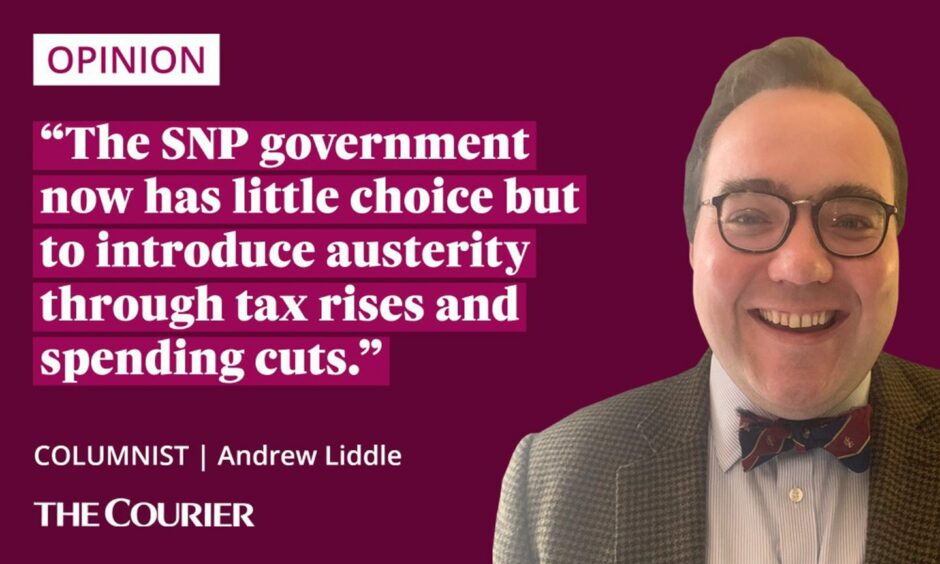
Clearly a vicious cocktail of events has left public finances shaken, stirred and very much on the rocks.
Global circumstances – Covid-19 and Putin’s illegal war in Ukraine specifically – bear a significant responsibility. But not all.
Liz Truss’ calamitous mini-budget crashed the economy and made a difficult situation a thousand times worse.
Meanwhile, inflation continues to make us all poorer, eroding pay-packets and pushing up the price of essentials, while ever-rising interest rates make borrowing ever-more expensive.
None of this is the SNP’s fault, but that does not mean it is not equally culpable.
SNP spending has left finances vulnerable
Try as it might, the party that has governed Scotland for the last 16 years cannot hide from its responsibilities.
The SNP has failed to address any of the major structural challenges to Scotland’s economy, including our pitiful growth rate, low productivity and significant skills gaps in key sectors.
Equally, the SNP’s wanton mismanagement of public projects and profligacy with public money has knocked business confidence and development, weakening Scotland’s economy and leaving government finances vulnerable.
Far from fixing the roof while the sun is shining, the SNP has spent much of the last 16 years adding fresh holes.
The folly of that failure is now apparent from Robison’s statement.
Of course, the UK Government may yet come to the SNP’s aid with extra spending in England leading to additional funding for Scotland via the Barnett Formula. But that it is not guaranteed.
In other news today Deputy FM @ShonaRobison told MSPs the govt is facing a £1bn revenue budget black hole and a £900m shortfall in capital budget next year – should we prepare for austerity mark II but delivered by the Scottish Government? pic.twitter.com/AScR4JbgT0
— @GinaDavidson (@ginadavidsonlbc) May 25, 2023
With a legal requirement to balance the budget, the SNP government now has little choice but to introduce austerity through tax rises and spending cuts.
SNP must cut public spending
Raising taxes could fill some of the gap, but not much.
First Minister Humza Yousaf has already floated the idea of introducing a new higher rate income tax band. It is estimated this could raise £250million – nowhere near the required amount.
Indeed, as the Institute for Fiscal Studies has pointed out, plugging the gap would require a more than 3% increase across all income tax bands – politically impossible – or a 20% on the top two tax bands, which would undoubtedly lead to a flight of higher earners out of Scotland.
The SNP therefore has little choice but to cut public spending.
Where exactly the axe will fall has yet to be determined.
Robison vaguely suggested anti-poverty programmes would be protected, alongside measures to try to stimulate economic growth.
Other spending, she suggested, would be “de-prioritised” – read, slashed.
Deciding where the cuts will fall is, however, just the first step on a testing journey, especially for a party that has made much of opposing Tory austerity over the last decade.
As any Scottish Conservative will tell you, cutting spending is not only difficult, it is often deeply unpopular.
Now the SNP is the party of austerity, this is a lesson it is likely to learn first-hand.
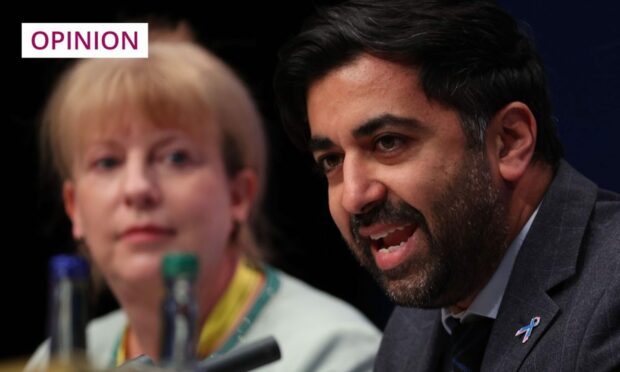
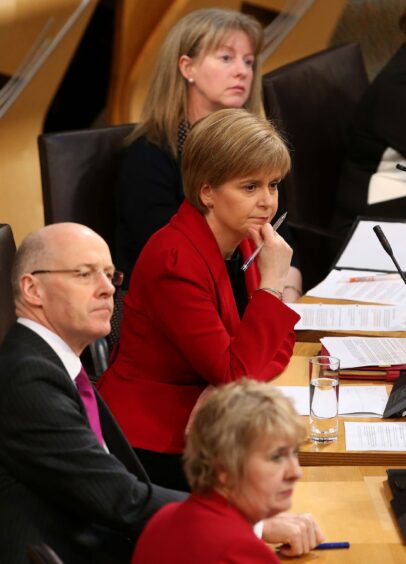
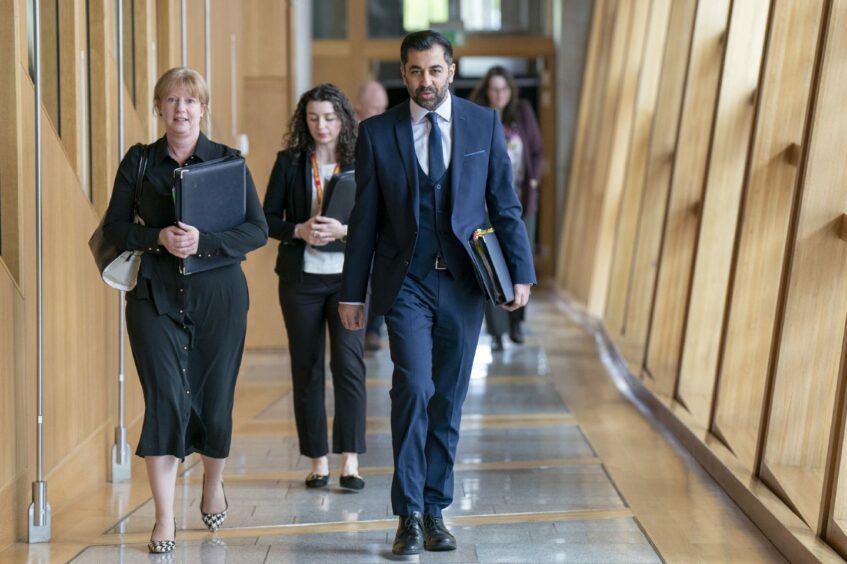
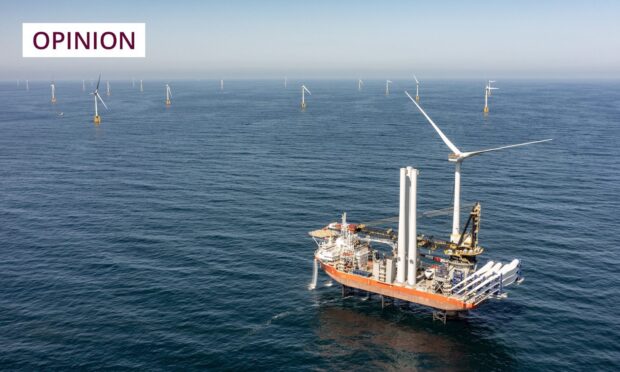
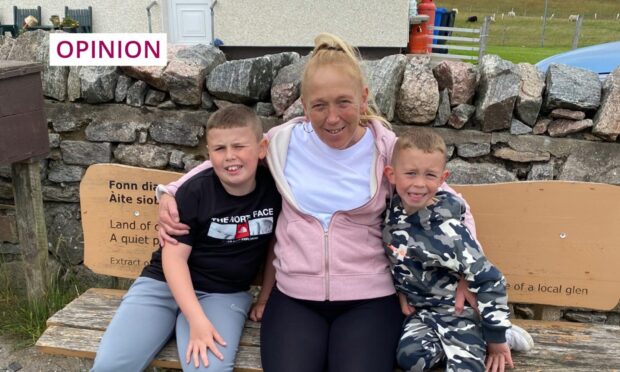
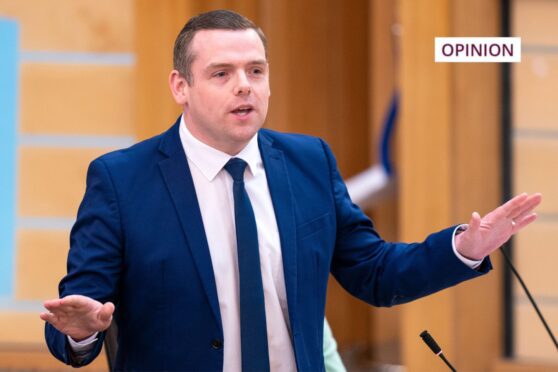
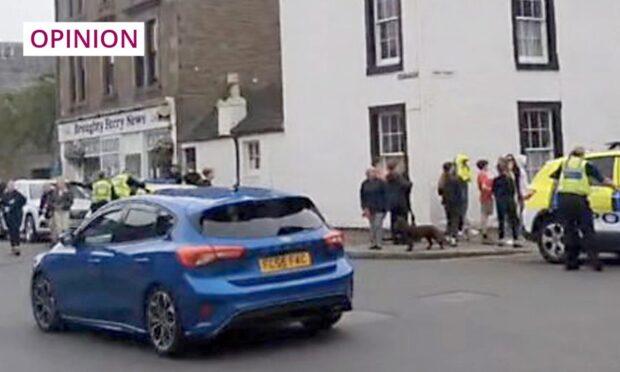

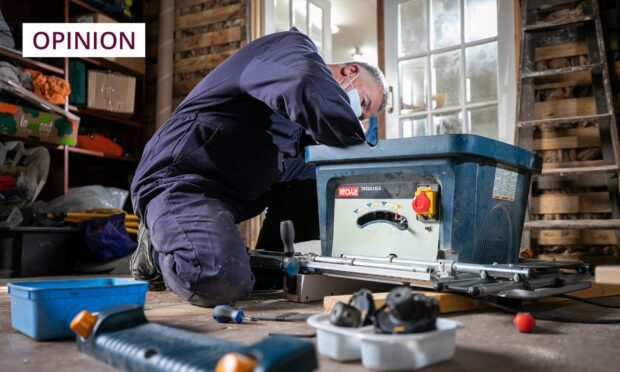
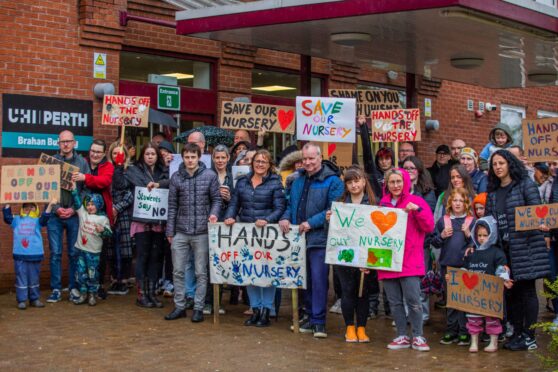

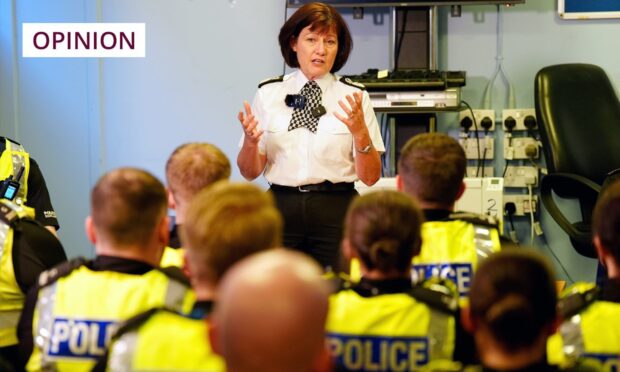

Conversation